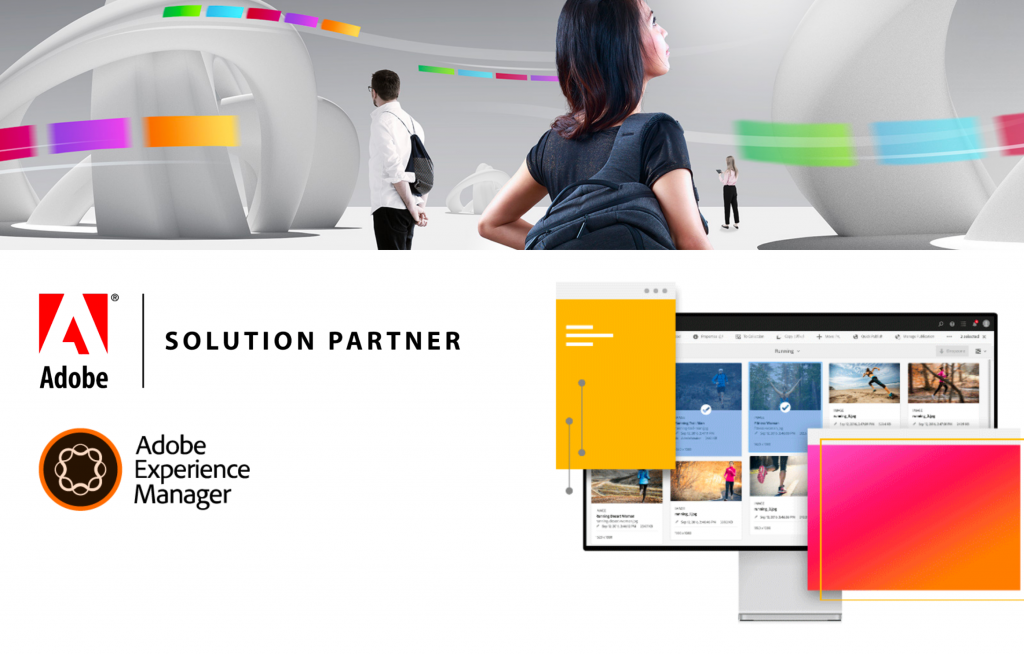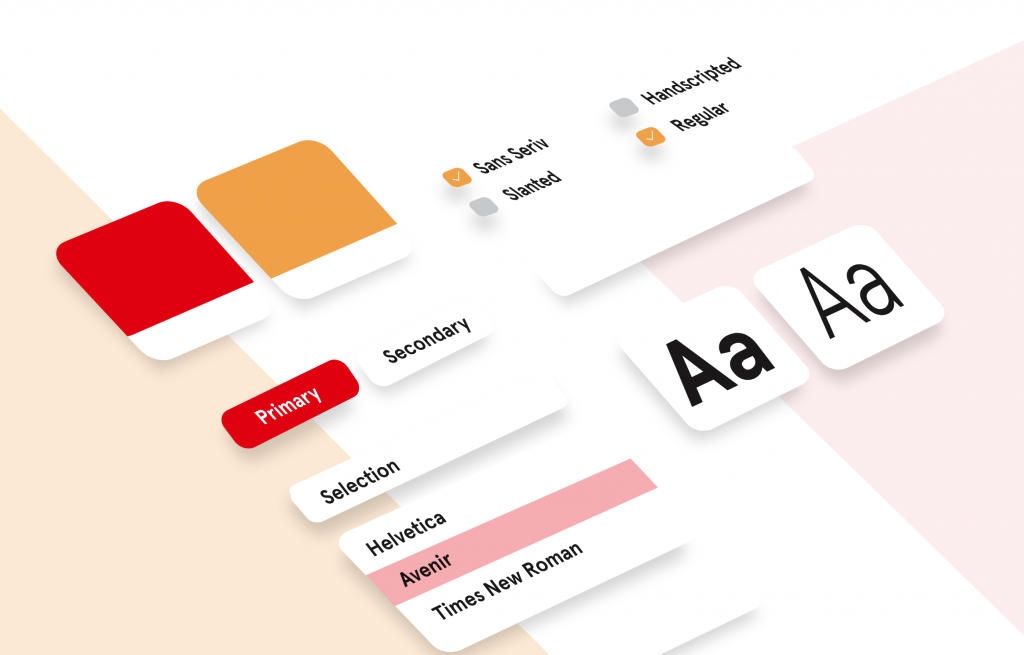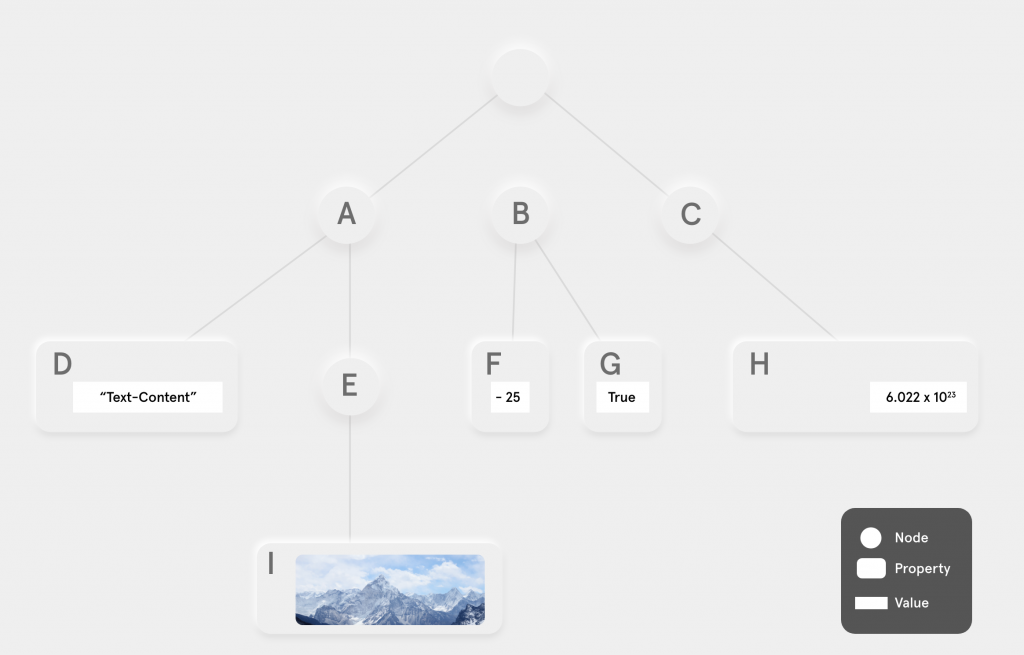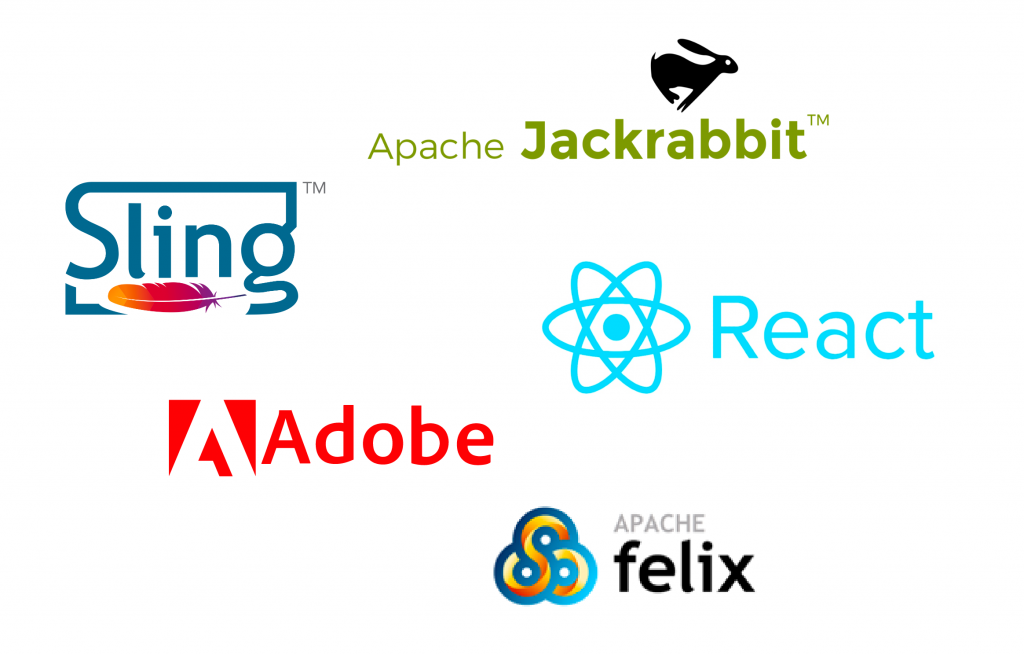
oegb.at Relaunch on Adobe Experience Cloud
Background
In January 2020, we started an ambitious project for our long-term customer, ÖGB Verlag, which we were able to master successfully. The goal of the project was to gradually replace the aging Oracle Web Content Management System with a state of the art system – Adobe Experience Cloud.
The goal of the first project phase, which was to last only until the end of the year, was to relaunch the two websites with the most visitors (oegb.at, gpa.at) and to present the new corporate design.


Functionalities
The demands of authors on a web content management system have increased a lot over the last few years and therefore it was our goal to provide an editorial system that is as flexible as possible. Therefore, in addition to simpler components, such as a text component, we have created a set of components that can generate and display more complex elements on the page. The best example of this is our “Page List” component which makes it very easy to present interesting pages collectively. The component offers different ways to select the pages (by tag, by path in the content repository, individually). Furthermore you can choose from different layout options and teaser styles.

Challenges
Die Adobe Experience Cloud benutzt anders als die meisten Web Content Management Systeme keine relationale Datenbank um den Content zu speichern sondern setzt auf eine Implementation der Java Content Repository Spezifikation (Apache Jackrabbit). Die Daten werden hierbei in einer Baumstruktur gespeichert, weil Webseiten auch meistens wie ein Baum aufgebaut sind und sich dadurch Synergien ergeben. Jede Seite innerhalb der Webseite wird nur anhand ihres eindeutigen Pfades identifiziert. Diese Datenstruktur bringt natürlich nicht nur Vorteile mit sich, sondern erfordert immer wieder Performance Überlegungen, z.b. beim Traversieren.
Eine weitere Herausforderung in diesem Projekt war es Anpassungen an einem “bleeding edge” Produkt zu machen, bei dem potentiell Features noch nicht released sind oder sich APIs ändern können. Unser Team konnte jedoch durch seine agile Arbeitsweise immer perfekt auf neue Releases der Adobe Experience Cloud reagieren.

Architektur & Tech-Stack
Die Adobe Experience Cloud benutzt Apache Felix als Java Container welcher modulares Deployment einzelner Java Services erlaubt. Darauf aufbauend wird Apache Jackrabbit für die Datenhaltung und Apache Sling als Web Application Framework verwendet.
Weiter haben wir uns entschieden für das Frontend einen hybriden Ansatz aus Templating (HTL) und React zu wählen, weil dies sowohl den Einsatz von Core Components ermöglicht als auch für dynamische Frontend Elemente die Vorteile von React bietet.

